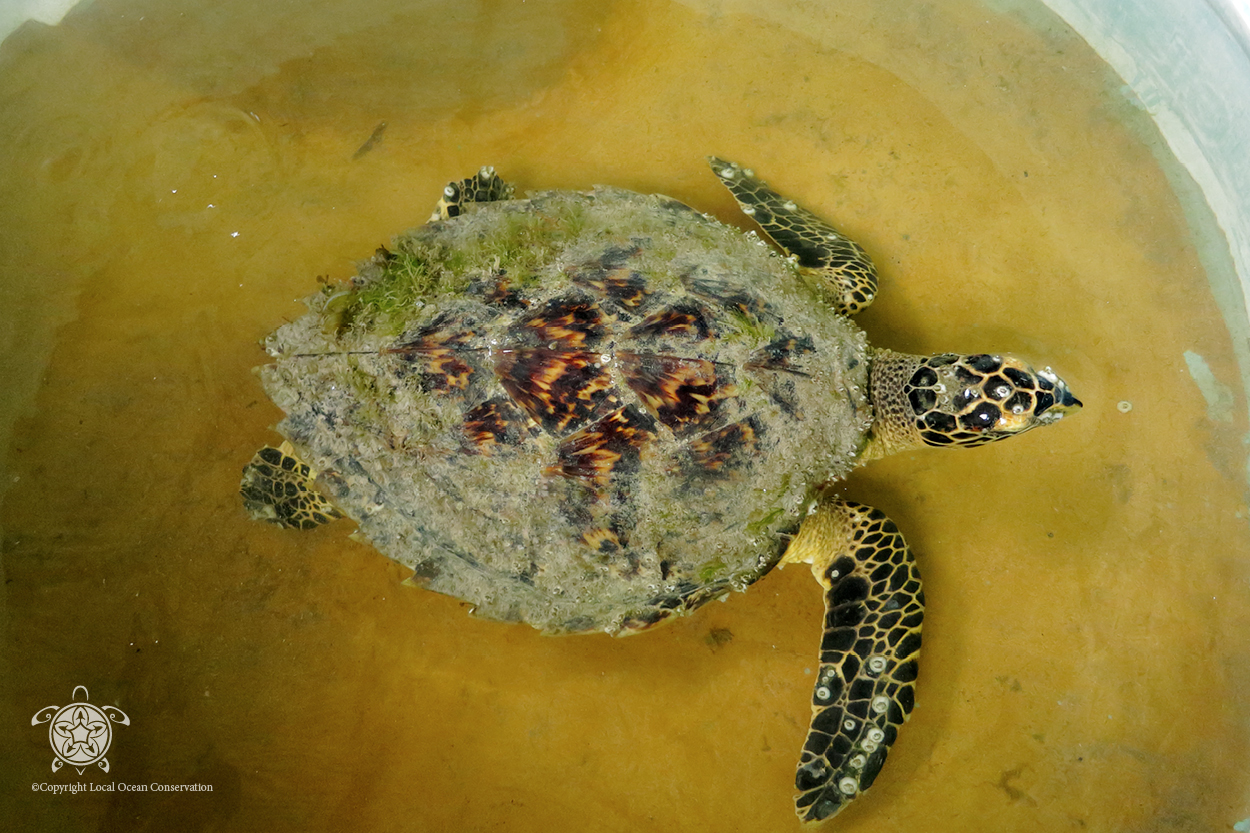Barnacles can be harmful to sea turtles by impacting their ability to swim and feed. These crustaceans attach to the turtle’s shell, causing drag and hindering their movements.
They can also obstruct the turtle’s vision and make it difficult for them to find food. Consequently, the presence of barnacles on sea turtles can lead to reduced energy levels and compromised overall health. Cleaning and removing barnacles from sea turtles is essential for their well-being and survival in their natural habitat.
Awareness and conservation efforts are crucial to ensure the protection of sea turtles from the potentially harmful effects of barnacles.

Credit: mymodernmet.com
The Relationship Between Barnacles And Sea Turtles
Barnacles are small crustaceans that belong to the subclass Cirripedia. They are widely distributed in marine environments across the world. These organisms have a unique lifecycle, starting as free-swimming larvae that eventually settle on hard surfaces, such as rocks, shells, and flotsam. They secrete a calcareous shell or exoskeleton that protects them from predators and the elements.
Barnacles have a strong adhesive substance that allows them to attach themselves to various substrates, including the skin and shells of sea turtles. They commonly attach themselves to the carapace, flippers, and neck of these marine reptiles. As sea turtles move through the water, they provide a suitable habitat for barnacles to settle and grow.
Although barnacles are generally considered as commensalists with sea turtles, meaning they benefit from the association without significantly harming the host, excessive barnacle infestation can have negative effects on the health of sea turtles. The added weight and drag caused by the barnacles can hinder the turtles’ movements, making them less efficient swimmers and affecting their foraging abilities.

Credit: www.facebook.com
Conservation Efforts And Future Directions
Sea turtle conservation efforts have identified the potential harm that barnacles can cause to these majestic creatures. Future directions involve studying and implementing preventive measures to protect sea turtles from the negative impacts of barnacle infestations.
Impacts Of Barnacle Infestation On Sea Turtle Health And Reproduction
Barnacle infestation can have detrimental effects on the health and reproduction of sea turtles. The accumulation of barnacles on the turtle’s shell can increase drag in the water, leading to decreased mobility and increased energy expenditure. This can ultimately impact their foraging capabilities and overall fitness. Additionally, barnacles can cause lesions and tissue damage, which can lead to secondary infections and potential long-term health issues.
Efforts To Prevent Barnacle Infestation
Efforts are being made to prevent barnacle infestation in sea turtles. Regular cleaning and maintenance of sea turtle habitats can help remove barnacles and reduce their negative effects. Some organizations also use protective coatings and treatments to prevent barnacle attachment to the turtle’s shell. It is important to continue researching and developing effective prevention methods to safeguard sea turtles from barnacle infestation.
Research And Education For Better Understanding And Protection
Research and education play crucial roles in better understanding the impacts of barnacle infestation on sea turtle populations. Ongoing studies aim to gather data on barnacle distribution, infestation rates, and the associated health implications for sea turtles. Through educational programs, individuals can become aware of the importance of sea turtle conservation and the steps they can take to protect them.

Credit: localocean.co
Conclusion
Barnacles can be harmful to sea turtles by impeding their movement, affecting their feeding abilities, and causing stress and potential infections. These parasitic organisms can also impact the overall health and survival of sea turtles. It is crucial for conservation efforts to focus on reducing the prevalence of barnacles on sea turtles and ensuring their well-being in their natural habitats.
By understanding the impact of barnacles, we can work towards protecting these incredible creatures and preserving the delicate marine ecosystems they inhabit.






Leave a Reply